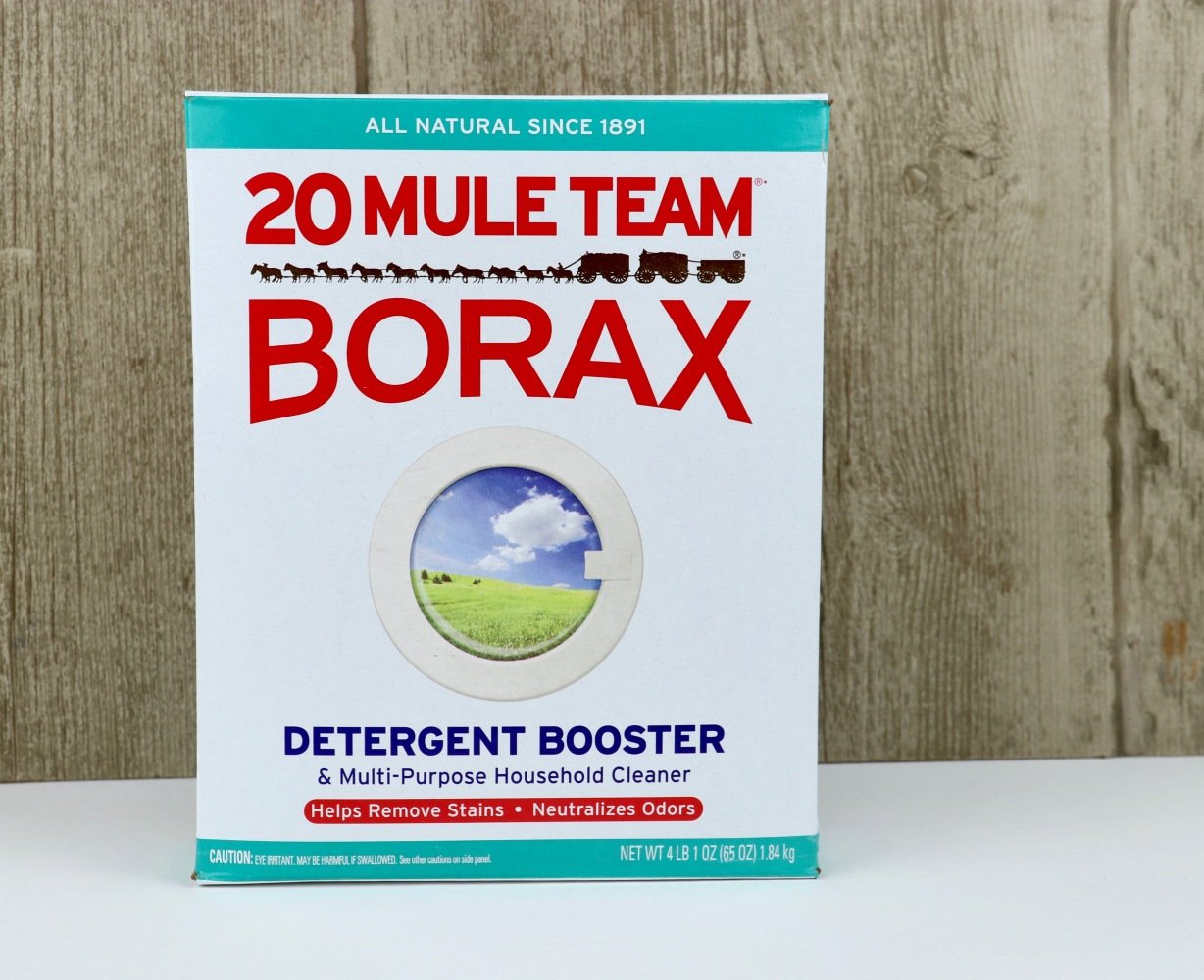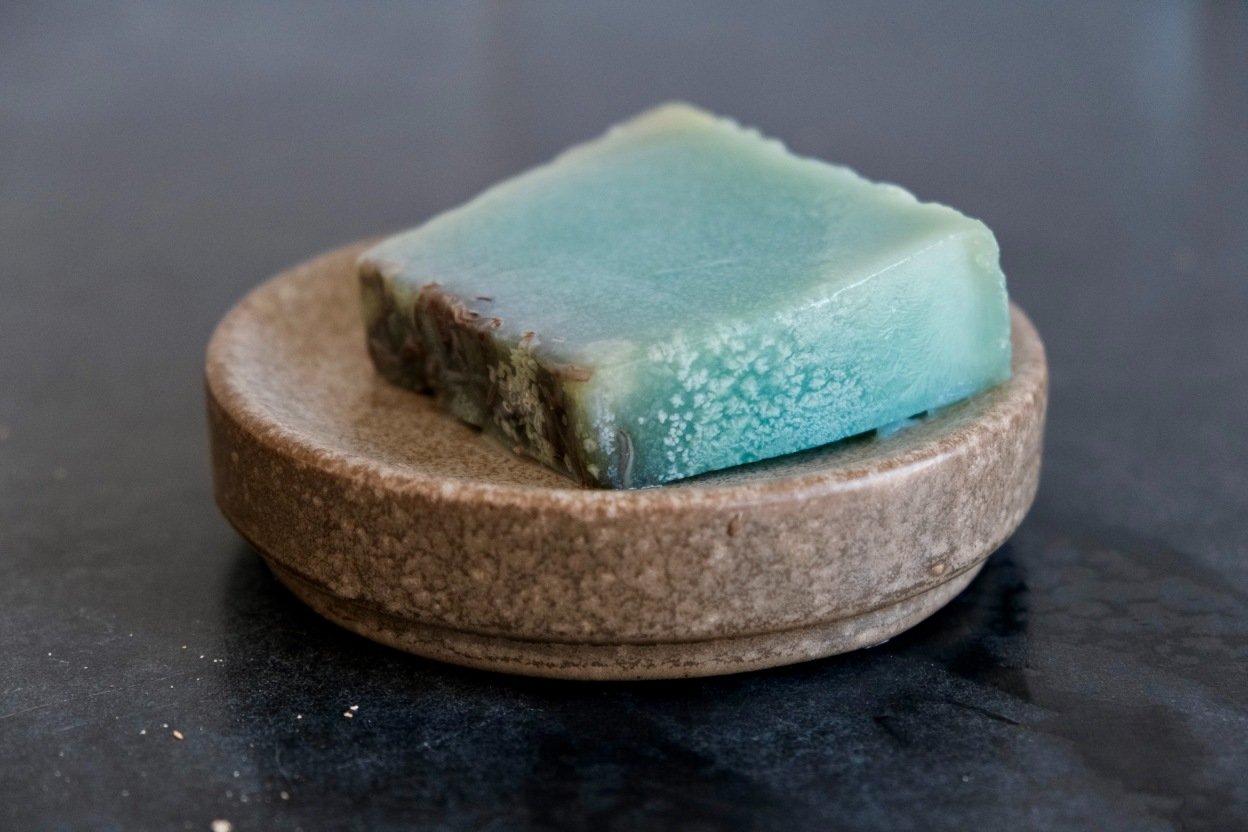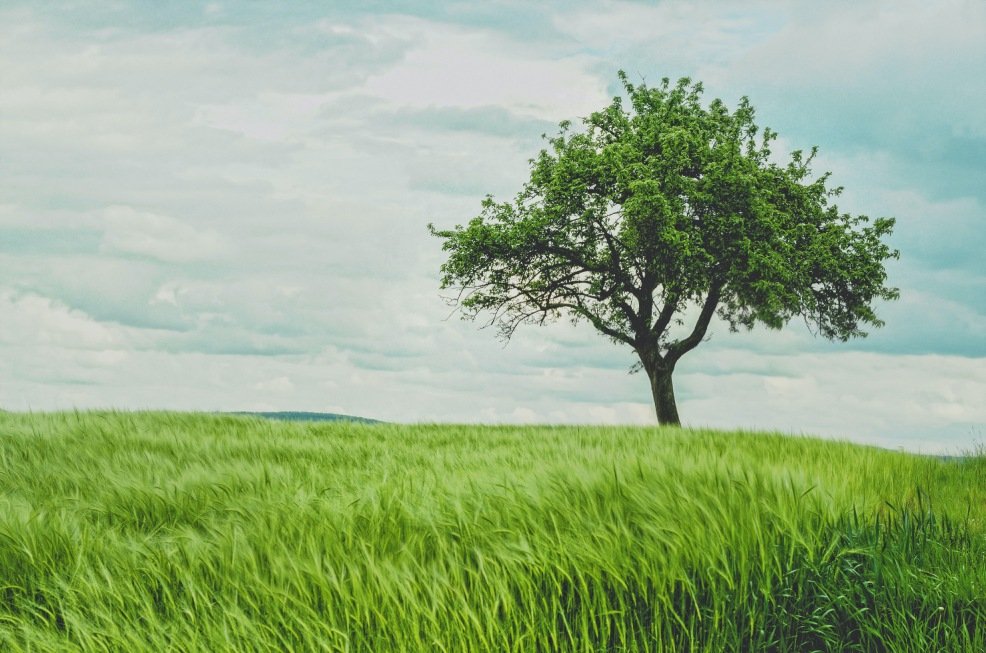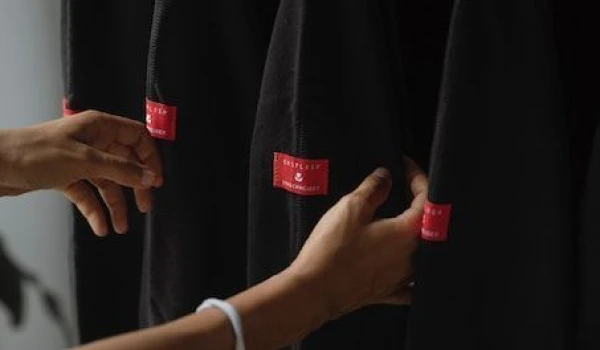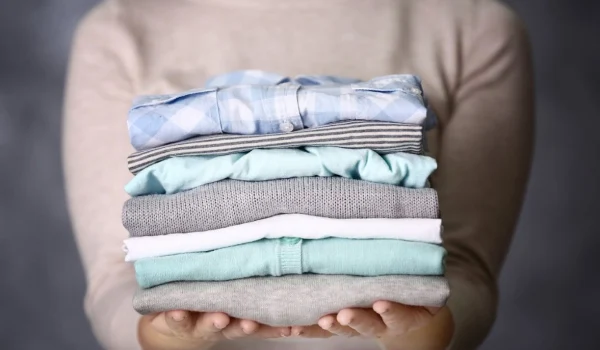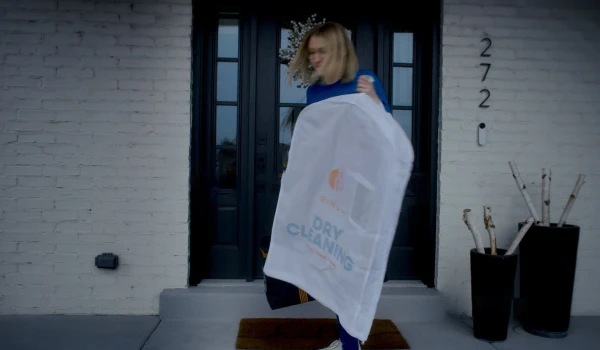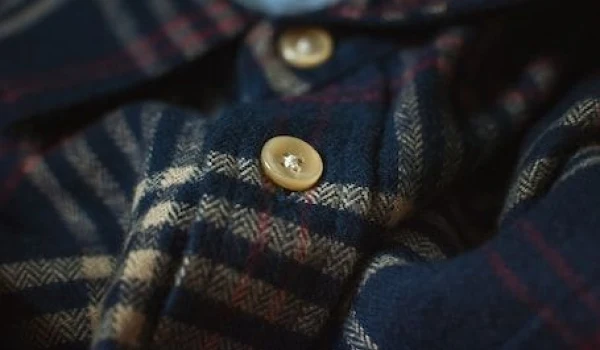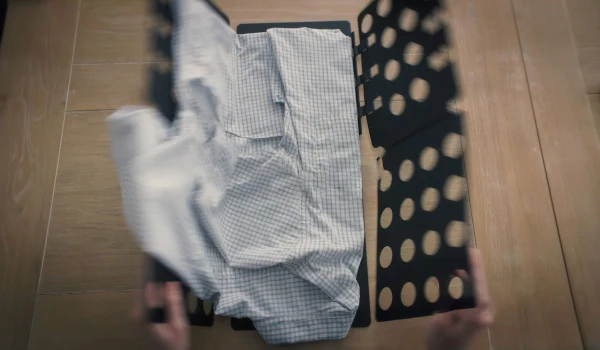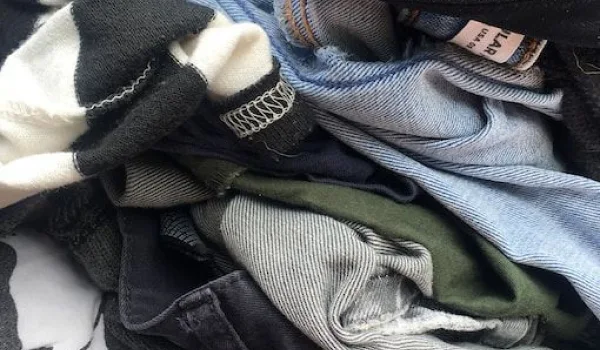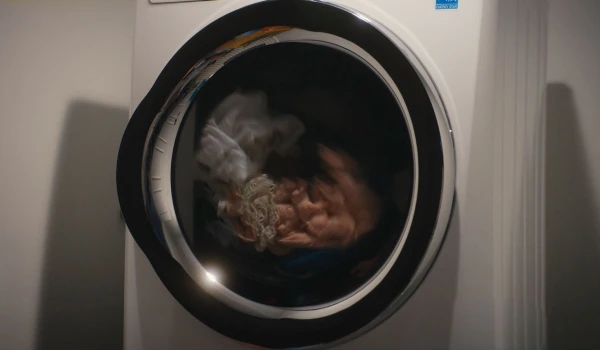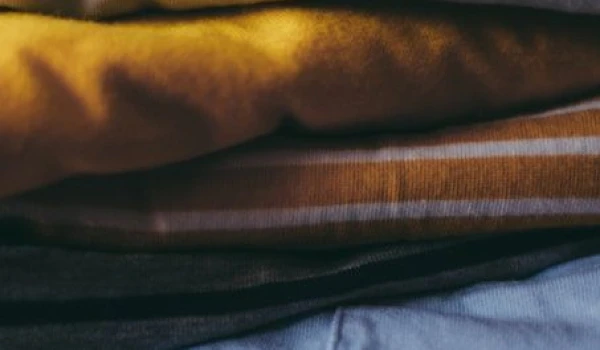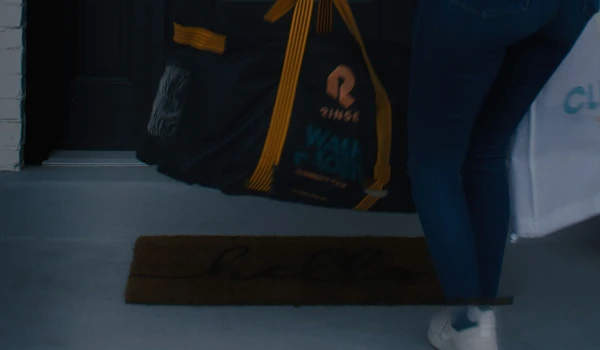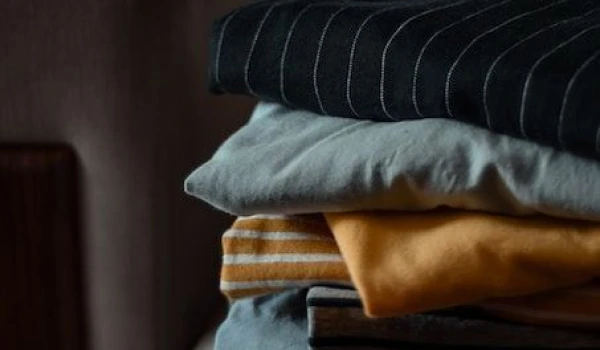Introduction
The surge in popularity of laundry detergent made at home reflects a broader shift towards natural and eco-friendly cleaning products. More and more people are recognizing the benefits of crafting their own cleaning solutions, not just for cost savings but also for the ability to tailor the detergent to their preferences. In this guide, we'll walk you through the process of making your very own homemade laundry detergent, highlighting its affordability and customization options. Join the ranks of those revolutionizing their laundry routine with Rinse!
Why Make Homemade Laundry Detergent?
When it comes to laundry detergents, the options lining store shelves seem endless. However, the choice isn't always clear-cut, especially for those who prioritize eco-friendliness and skin-friendliness. This is where homemade laundry detergent steps in, offering a host of advantages that are worth exploring.
1. Eco-Friendliness:
One of the primary advantages of crafting your laundry detergent is its positive impact on the environment. Unlike commercial detergents, homemade versions typically use fewer harsh chemicals and are often biodegradable. This eco-friendly edge ensures that your laundry routine doesn't harm the planet.
2. Reduced Exposure to Chemicals:
For individuals with sensitive skin or allergies to certain fragrances and chemicals, commercial laundry detergents can be problematic. Homemade detergent allows you to tailor the formula to your specific needs. By carefully selecting ingredients, you can minimize exposure to potentially irritating or harmful substances.
3. Customization:
Perhaps one of the most appealing aspects of homemade laundry detergent is its customizability. You have the freedom to experiment with different ingredients and scents, ensuring that your laundry smells just the way you like it. From choosing essential oils to adjusting the detergent's strength, the possibilities are endless.
4. Cost-Efficiency:
Homemade laundry detergent is not only skin-friendly and eco-friendly but also budget-friendly. Many of the ingredients required are cost-effective and can last for numerous laundry cycles. Creating your detergent at home can lead to substantial savings over time.
5. Tailored to Your Preferences:
When you make your laundry detergent at home, you're the chemist. You get to choose the ingredients and their quantities, giving you complete control over the formula. This allows you to create a detergent that caters to your preferences. Whether you prefer a particular scent or a specific level of cleaning power, homemade detergent can be customized accordingly.
6. Ideal for Sensitive Skin:
People with sensitive skin often struggle with commercial detergents, which may contain harsh chemicals and fragrances. Homemade detergent offers a gentler alternative. By selecting skin-friendly ingredients and avoiding irritants, you can ensure that your laundry is kind to your skin.
7. Allergen-Free Options:
Allergies to specific chemicals or fragrances are not uncommon. With homemade detergent, you can eliminate potential allergens and create an allergen-free solution. This is particularly crucial if you or your family members have known allergies or sensitivities.
8. No Unwanted Additives:
Commercial detergents may contain additives that you'd rather avoid. By making your detergent, you can say goodbye to unwanted ingredients and chemicals. This provides peace of mind, knowing exactly what goes into your laundry.
In the subsequent sections of this guide, we'll delve into the step-by-step process of making your homemade laundry detergent. We'll explore the essential components, such as Fels-Naptha soap, baking soda, and more. Say goodbye to commercial detergents with questionable ingredients and join the ranks of those who have embraced the DIY laundry revolution.

What You'll Need
Creating your DIY laundry detergent is a relatively straightforward process that requires a few key ingredients and materials. Let's dive into what you'll need to get started:
-
Borax (1 cup): A natural mineral, is a staple ingredient in many DIY detergent recipes. It enhances the cleaning power of your detergent and helps break down stains and odors effectively.
![unnamed file]()
-
Washing Soda (1 cup): Also known as soda ash or sodium carbonate, is another essential component. It acts as a water softener, aiding in the cleaning process and preventing mineral buildup in your washing machine. Note it is not the same as baking soda. You will require 1 cup.
![unnamed file]()
-
Pure Bar Soap or Castile Soap (1 cup): The soap component provides the cleaning action in your detergent. You can choose from a variety of options and brands, including Fels-Naptha, Zote, Castile soap, or other pure bar soaps. Each brings its unique scent and properties to your detergent.
![unnamed file]()
- Water (15 cups): While you can use tap water, distilled water is ideal as it does not contain any contaminants.
-
Essential Oils (Optional, 50 drops): Adding essential oils is entirely optional but allows you to customize your detergent's fragrance. Lavender, eucalyptus, lemon, or tea tree oil are popular choices. These oils can also impart antibacterial properties to your detergent.
-
OxiClean (Optional): For an extra cleaning boost, you can include OxiClean or a similar oxygen bleach product. This is particularly helpful for tackling tough stains and brightening whites.
-
Powdered Laundry Detergent Container: You'll need a container to store your powdered detergent. Ensure it's airtight to prevent moisture from affecting the quality of your detergent.
You will also need a large saucepan that can hold 15 cups of liquid, as well as a storage jar (1 gallon-size).
Now that you know what you'll need, let's move on to the step-by-step process of creating your homemade laundry detergent. With these ingredients in hand, you're well on your way to a more eco-friendly, skin-friendly, and cost-effective laundry routine.
How to Make Laundry Detergent at Home
1. Boil the Water
Boiling water is the first step in creating your homemade laundry detergent, and it serves a crucial purpose in the process. By boiling water, you ensure that all the ingredients mix effectively, creating a uniform detergent mixture.
Start by boiling 6 cups of water in your saucepan. Exercise caution, and make sure to handle boiling water carefully.
2. Measure and Mix the Ingredients
Add the cup of Borax and the cup of washing soda, stirring them together as they dissolve in the boiled water. Add 9 cups of room-temperature water and your cup of soap. Mix them all together.
3. Let It Cool Down
After combining the ingredients, it's essential to allow the mixture to cool down. This cooling period is necessary for the detergent to reach the desired consistency. Wait 5-10 minutes and then transfer the soap into your gallon-sized jug. If your jar is not heat-safe, wait until the soap has fully cooled down.
4. Add Essential Oils for Scent
One of the joys of making homemade laundry detergent is the opportunity to customize the scent. Essential oils are a popular choice for adding a delightful fragrance to your detergent. Lavender, eucalyptus, lemon, and tea tree oils are some examples of essential oils commonly used for laundry purposes.
The quantity of essential oils you add can influence the strength of the fragrance and is fully up to you, but we recommend 50 drops.
5. Store Properly
To maintain the quality and effectiveness of your homemade laundry detergent, proper storage is crucial. Make sure your container is airtight to prevent moisture from affecting the consistency of your detergent and to preserve its fragrance and cleaning properties.
By following these steps, you'll create a homemade laundry detergent that is both eco-friendly and skin-friendly, making it an excellent choice for individuals with sensitivities and allergies. Enjoy the benefits of this DIY approach to laundry!
Embracing Sustainability with DIY Laundry Detergent
As you've embarked on the journey of creating your homemade laundry detergent, it's crucial to recognize the remarkable sustainability benefits that come with it. This eco-friendly alternative not only cleans your clothes effectively but also contributes to a greener and cleaner planet.
- Environmental Impact: One of the primary reasons people turn to DIY laundry detergent is to reduce their environmental footprint. Commercial laundry detergents often contain chemicals that can harm aquatic ecosystems when washed down the drain. Homemade detergent recipes use eco-friendly ingredients, minimizing their impact on the environment.
- Reduced Packaging Waste: When you make your detergent at home, you're also reducing packaging waste. Think about all those plastic bottles and containers that commercial detergents come in. By reusing the same container for your homemade detergent, you significantly cut down on plastic waste.
- Customization for Sustainability: Another remarkable aspect of making your laundry detergent is the ability to customize it. You can experiment with different ingredient combinations and scents to find a formula that best suits your laundry needs while aligning with sustainability goals.
A Final Thought
Incorporating homemade laundry detergent into your laundry routine is a small but impactful step toward a more sustainable lifestyle. As you strive to reduce your carbon footprint, every eco-friendly choice matters.
While DIY detergent is a fantastic option, if you're looking for a hassle-free way to embrace sustainability in your laundry routine, consider Rinse. Rinse offers a sustainable and convenient laundry solution that ensures your clothes are cleaned with care for the environment. It's an excellent alternative for those who want eco-conscious laundry without the DIY effort.
So, whether you choose to continue making your detergent at home or explore using Rinse, remember that your laundry choices can play a part in creating a greener future for all of us.
Contact us at Rinse today to see our skill in action.

